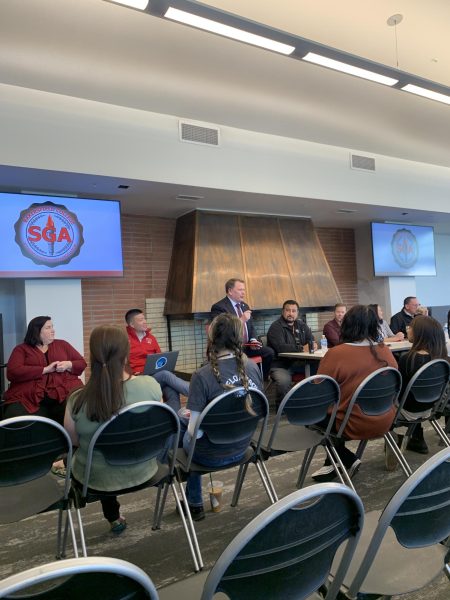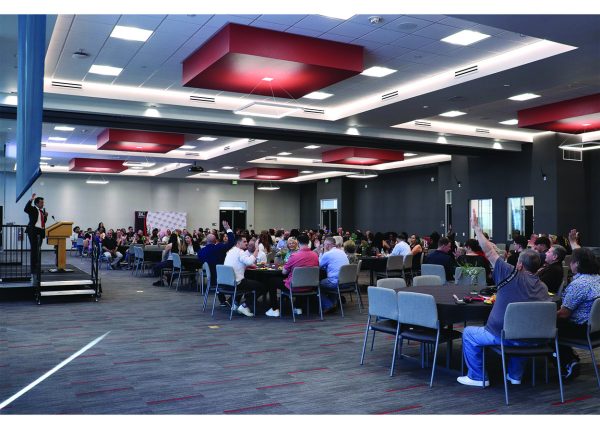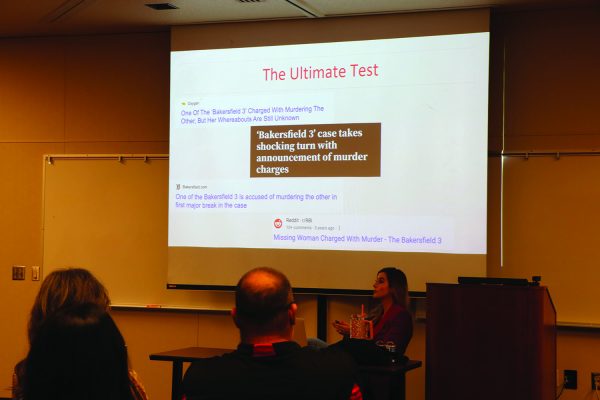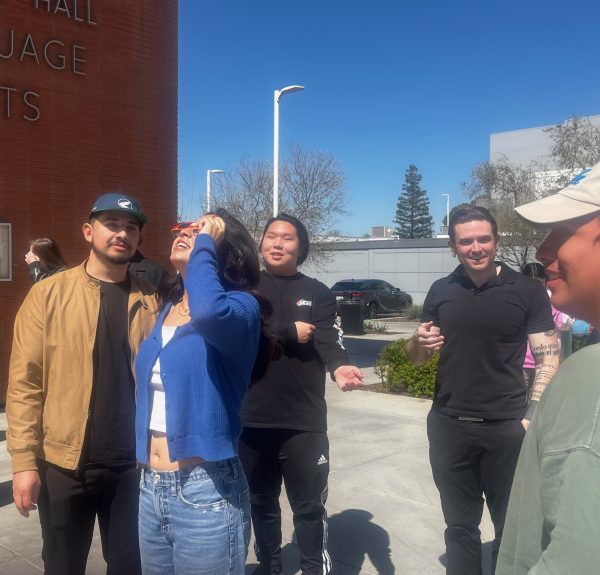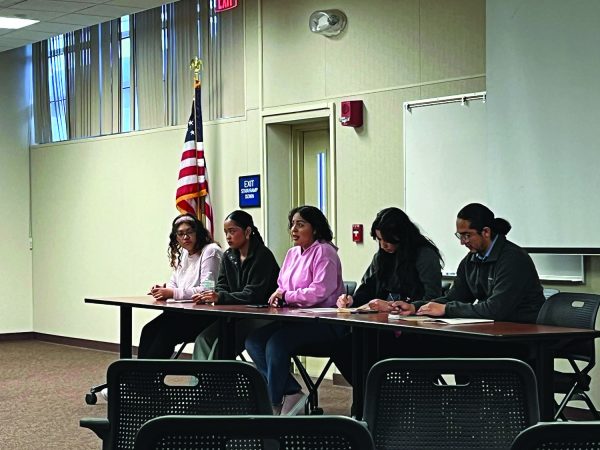“Energy-Water-Food Nexus”: Working towards a better understanding of California’s capabilities
February 28, 2021
Dr. Jordan Macknick, Lois Henry, and Brian Curtis joined together to impart their respective expertise on the connections between food, water, and energy creation and the importance of changing how people rely on traditional gathering methods.
Macknick surmised his presentation with the following, “We have strong energy goals both at the state level as well as potentially with any other trends that we might see with the way the market is going.”
All of the speakers demonstrated firm understanding technologically and politically speaking of where California is and where it can be led, Curtis said it best when he described his company’s tenet: “go as big as you can with renewables and back it up with the firm power to support it.”
Macknick is the lead analyst for National Renewable Energy Laboratory (NREL), a company that uses clean energy to change the wider usage of energy, specifically he focused on the use of energy in agriculture. He spoke at Bakersfield College’s “Energy-Water-Food Nexus” webinar on Feb. 24 along with journalist Henry, who founded the non-profit SJV Water in her work to provide news on local water issues. They were virtually accompanied by Curtis offering information on his company Concentric Power, which he is the CEO and founder of, and spoke from the perspective of an engineer.
Macknick informed the panel that NREL has combined the use of solar technology in proximity to growing agriculture in a practice called Agrivoltaics. By acknowledging the economic advantages of utilizing the land for multiple purposes at once, planting food underneath or near solar panels, the company recognizes the potential for better results in the crops. Studying this phenomenon has led to discussions with members of the agriculture industry who were initially apprehensive about making this shift from their way of farming to working around or with sustainable energy sources.
“Nobody wants to be the first one to do it. Nobody wants to be the 24th person to do it. They want to see many different examples working and being successful, but again I think the overall trend is ‘show me the data, show me the numbers’, and once we have been able to do that we have been able to have really great relationships with the agricultural community,” explains Macknick.
Following Macknick, Henry’s talk focused on spreading awareness on the difficult to comprehend water topics that affect the San Joaquin Valley. She discussed the Sustainable Groundwater Management Act (SGMA) at length in her breakdown of what is perhaps the biggest issue in the Central Valley.
SGMA is California legislation passed in 2014, its purpose is to decrease the amount of water pumped to ease the overdraft of the county’s subbasin. This legislation has resulted in complications, as SGMA’s creation has led to the formation of Groundwater Sustainability Agencies (GSA) which were assigned power to set local pumping limits.
The California Department of Water Resources website defines GSA’s as, “legislative intent of SGMA is to recognize and preserve the authority of cities and counties to manage groundwater according to their existing powers.”
But Henry explains in detail how the problem with GSAs lies within the fact that they were given the capability to deny someone’s project if they feel it would take too much water from the subbasin, “which is in direct confrontation with the constitutional powers that are afforded to counties and cities to be able to direct growth and development,” she states.
Henry adds that when the Kern County planner spoke with the state government about this conflict of powers the legislation was changed, the addendum added that while the GSAs can limit local pumping, they shouldn’t clash with other established laws. Henry continues, further demonstrating an earlier point, that water laws are extremely confusing, “but it’s still in the law that the GSAs can do this and it’s kind of ridiculous to create a GSA if they can’t limit pumping, so if they can’t limit pumping in one project why can they in another project?”
In Curtis’s presentation, he emphasized the importance of reliability that comes from his company’s microgrids. The main problem his company has had is with what he described as the misalignment between supply and demand; he explains how there are energy spikes when the sun is at its highest point during the day, but this, Curtis says, “doesn’t match up with the demand trend,” meaning Concentric Power has to come up with a way to store energy to collect during these peak points to set aside for later.
Curtis explained in detail the work his company does, specifically for the agricultural industry in California as they build microgrids for communities in the industrial and agriculture industries. Concentric Power’s compact grids are steps toward their goal of having a completely renewable source of energy for the U.S. to rely on and has started doing so in California.







